Cannon, W.F.; and Mudrey, Jr., M.G. 1981. "The Potential for Diamond-Bearing Kimberlite in Northern Michigan and Wisconsin." Geological Survey Circular 842:1-16. Washington, D.C.: Prepared in Cooperation with the Geological Survey Division, Michigan Department of Natural Resources.
Carol. 30 June 2009. "Famous Rubies: The DeLong Star Ruby." Collecting Vintage and contemporary Jewelry. Retrieved October 29, 2014.
- Available at: http://collectingvintagejewelry.blogspot.com/2009/06/famous-rubies-delong-star-ruby.html
"Explore Old World Wisconsin." The Wisconsin Historical Society. Madison, WI. Retrieved October 29, 2014.
- Available at: http://oldworldwisconsin.wisconsinhistory.org/Explore/ExploreOverview.aspx
Flasputnik. 4 March 2013. “Murph the Surf and The Eagle Diamond.” Wisconsinology. Retrieved October 29, 2014.
- Available at: http://wisconsinology.blogspot.com/2013/03/murph-surf-and-eagle-diamond.html
“History of Eagle.” Eagle Historical Society: About Us. Retrieved October 29, 2014.
- Available at: http://eaglehistoricalsociety.org/?page_id=277
The History of Waukesha County, Wisconsin: Containing an account of its settlement, growth, development and resources; an extensive and minute sketch of its cities, towns and villages--their improvements, industries, manufactories, churches, schools and societies; its war record, biographical sketches, portraits of prominent men and early settlers; the whole preceded by a history of Wisconsin, statistics of the state, and an abstract of its laws and Constitution and of the Constitution of the United States. Chicago IL: Western Publishing Company, MDCCCLXXX (1880).
- Available via Internet Archive at: https://archive.org/details/cu31924028871627
Hobbs, William Herbert. 1900. "Emigrant Diamonds in America." Appleton's Popular Science Monthly, Vol. LVI (November, 1899, to April, 1900): 73-83. New York: D. Appleton and Company.
- Available via Internet Archive at: http://archive.org/details/popularsciencemo561900newy
"Kettle Moraine State Forest -- Southern Unit." Wisconsin Department of Natural Resources: Topic > Parks > Wisconsin State Park System. Madison, WI. Retrieved October 29, 2014.
- Available at: http://dnr.wi.gov/topic/parks/name/kms/
Koenen, K.H. 1956. Geophysical Studies in South Central Wisconsin. Madison, WI: University of Wisconsin, unpub. MS thesis.
Kunz, G.F. 1892. Gems and Precious Stones of North America. New York, NY: The Scientific Publishing Co. (Reprinted by Dover Publications, New York, 1968).
Larif, Dr. Shihaan. 4 April 2008. "Midnight Star Sapphire." Internet Stones.com. Retrieved October 29, 2014.
- Available at: http://jewelry-blog.internetstones.com/famous-gemstones/midnight-star-sapphire
Lattuca, Sam. 3 July 2013. "1964, Jewel Heist of the Century." Marion Illinois History Preservation: New Posts > All Marion Content . People > J to L. Retrieved October 29, 2014.
- Available at: http://www.mihp.org/2013/07/1964-jewel-heist-of-the-century/
"The Midnight Star Ruby." Star Ruby.in. Retrieved October 29, 2014.
- Available at: http://www.starruby.in/midnight-star-ruby.html
Miner, Roy Waldo. 1939. Exhibition Halls of the American Museum of Natural History. New York: American Museum of Natural History.
- Available via Internet Archive at: https://archive.org/details/generalguide39amer
Murphy, Jack Roland. 1989. Jewels for the Journey: Murf the Surf. Costa Mesa, CA: International Prison Ministry.
Olson, E.E. 1953. "History of Diamonds in Wisconsin." Gems and Gemology 7(9):284-285.
Paradise Springs Self-Guiding Nature Trail. Madison, WI: Wisconsin Department of Natural Resources, Bureau of Parks and Recreation, Kettle Moraine State Forest Southern Unit.
Peters, J.J.; and Pearson, C.L. 1990. "Clarence S. Bement, the Consummate Collector." Mineralogical Record 21:47-62.
Schaetzl, Randall. Diamonds? Michigan State University.
Sherwood, George Herbert; Frederic A. Lucas, and Roy Waldo Miner. 1945. General Guide to the Exhibition Halls of the American Museum of Natural History. Science Guide No. 118. Third edition. New York: American Museum of Natural History.
- Available via Internet Archive at: https://archive.org/details/generalguide45amer
Silvers, Amy. 9 November 1978. "When Eagle Pinned Hope on Diamonds." The
Milwaukee Journal. Milwaukee, WI.
Sinkankas, John. 1959. Gemstones of North America. Princeton, NJ: Van Nostrand.
Sommers, Fleury. 2014. "Contributions of Gemstone Connoisseur J.P. Morgan." Professional Pearl & Bead Stringing. Retrieved October 29, 2014.
- Available at: http://fsommers.com/contributions-of-gemstone-connoisseur-j-p-morgan/
"Star of India." The American Museum of Natural History: Exhibitions > Permanent Exhibitions > Morgan Memorial Hall of Gems. Retrieved October 29, 2014.
- Available at: http://www.amnh.org/exhibitions/permanent-exhibitions/earth-and-planetary-sciences-halls/morgan-memorial-hall-of-gems/star-of-india
Susskind, Jonathan. 23 October 1986. "Board Grants Parole to 'Murph the Surf'." Sun Sentinel: Collections > Parole. Retrieved October 29, 2014.
- Available at: http://articles.sun-sentinel.com/1986-10-23/news/8603040525_1_miami-beach-socialite-india-sapphire-parole
Tracy, Dan. 11 November 1986. "'Murph the Surf' Starts His Parole: Jewel Thief to Counsel Convicts at Halfway House as Lay Minister." Orlando Sentinel: Collections > Parole Commission. Orlando, FL. Retrieved October 29, 2014.
- Available at: http://articles.orlandosentinel.com/1986-11-11/news/0270200216_1_parole-commission-murph-the-surf-murphy
Vierthaler, A.A. 1958. "Wisconsin Diamonds." Wisconsin Academy Review 5(2):53-55.
Wilson, Wendell E. 2014. "Clement S. Bement." The Mineralogical Record, Inc.: Biographical Archive. Retrieved October 29, 2014.
- Available at: http://www.minrec.org/labels.asp?colid=139
Wood v. Boynton. Supreme Court of Wisconsin, Decided October 13, 1885. 64 Wis. 265; 25 N.W. 42.
- Available at: law.wisc.edu/orientation/macaulay_orientation_wood_v_boynton.pdf


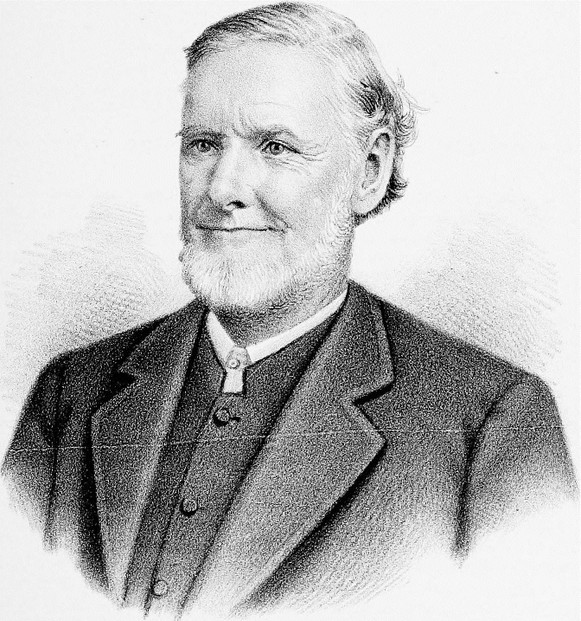
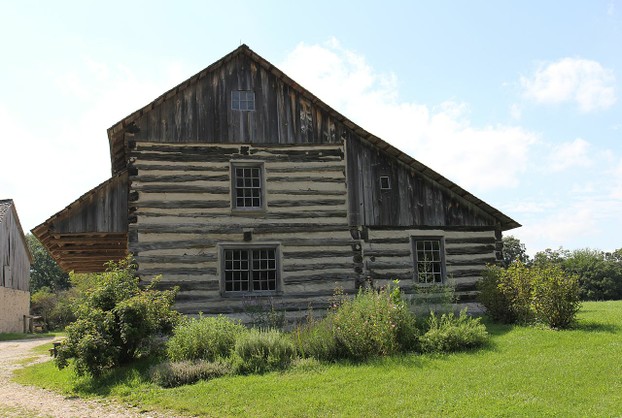
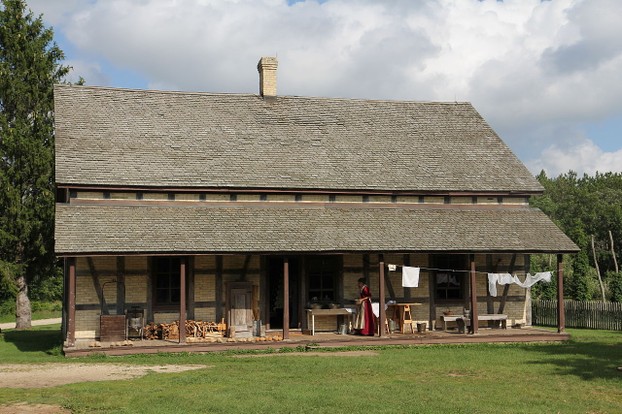
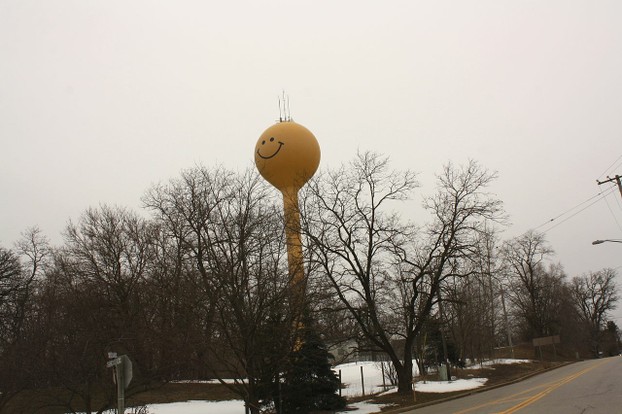
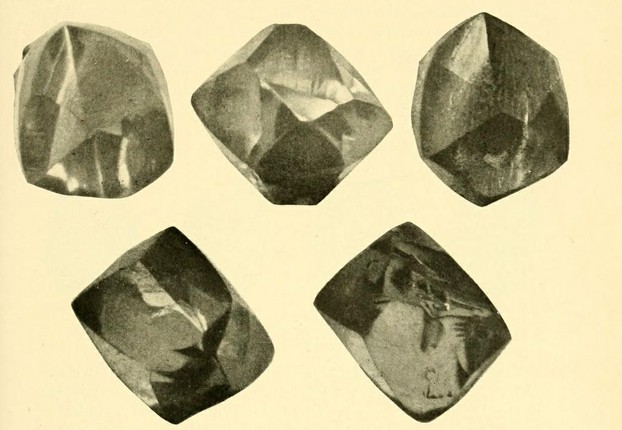
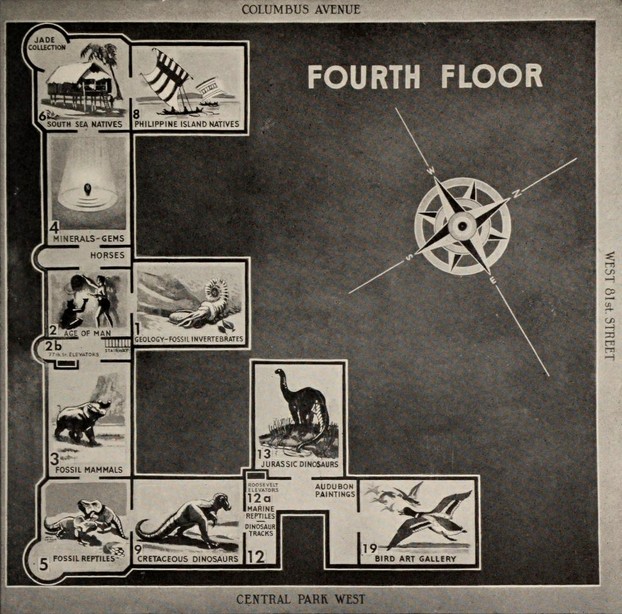
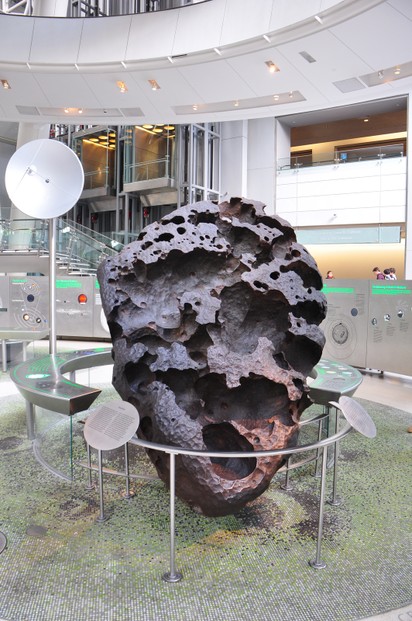
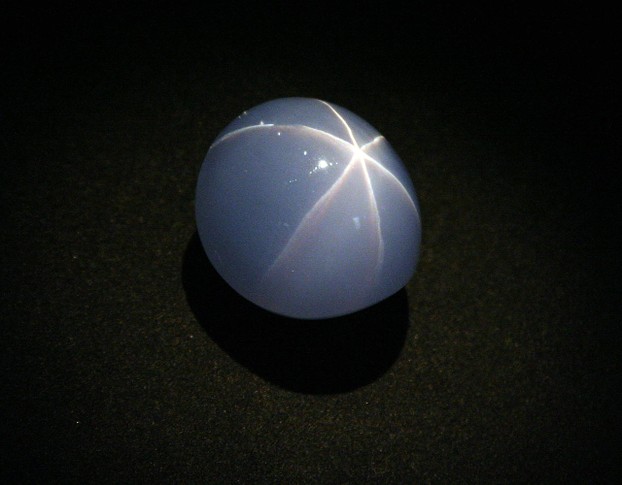
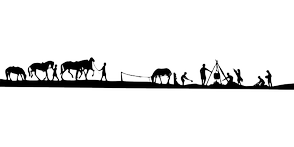

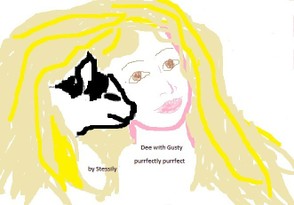
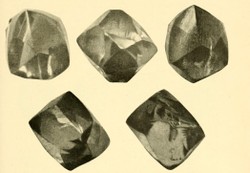

 Are Hawaiian Huakai Po Nightmarchers Avenging Halloween Thursday?on 10/02/2024
Are Hawaiian Huakai Po Nightmarchers Avenging Halloween Thursday?on 10/02/2024
 Mailing Addresses for 2023 Form 4868 Extending 1040 and 1040SR April 15, 2024, Due Dateon 04/15/2024
Mailing Addresses for 2023 Form 4868 Extending 1040 and 1040SR April 15, 2024, Due Dateon 04/15/2024
 Mailing Addresses for 2023 Forms 1040 and 1040SR Filed in 2024on 04/15/2024
Mailing Addresses for 2023 Forms 1040 and 1040SR Filed in 2024on 04/15/2024
 Mailing Addresses for 2022 Form 4868 Extending 1040 and 1040SR April 18, 2023, Due Dateon 04/13/2023
Mailing Addresses for 2022 Form 4868 Extending 1040 and 1040SR April 18, 2023, Due Dateon 04/13/2023

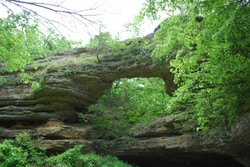
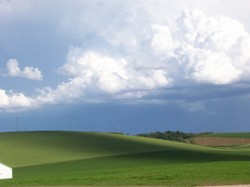
Comments
For those asking about the "Star of India," which numbered among the gems in the Eagle diamond theft and which was recovered:
George Frederick Kunz (Sep. 29, 1856-June 29, 1932), the first Unitedstatesian gemologist and Tiffany and Company's chief gemologist and vice president, illustrated the "Star of India" in The Curious Lore of Precious Stones (1913; between pages 106 and 107). He described the gem as the "remarkable asteria."
(https://archive.org/details/TheCuriou...)
"The asteria, or star sapphire, might be called a 'Stone of Destiny,' as the three cross-bars which traverse it are believed to represent Faith, Hope, and Destiny. As the stone is moved, or the light changes, a living star appears," explains Kunz.
(https://archive.org/details/TheCuriou...)
For those asking about the illustrations of the Eagle diamond (this post's fifth image):
The five views of the Eagle diamond that appeared in "Emigrant Diamonds in America" by Prof. William Herbert Hobbs, published in Appleton's Popular Science Monthly, vol. LVI (November 1899; page 75), were drawn by American mineralogist and mineral collector George Frederick Kunz (Sep. 29, 1856-June 29, 1932).
Tiffany & Co. hired 23-year-old, self-taught George F. Kunz as the American luxury jewelry and specialty design house's chief gemologist in 1879. He served as a Tiffany vice-president from 1907 until his death in 1932. Kunz was "America's first gemologist" and "arguably the world’s foremost gemologist and mineralogist to ever live," according to author and meteorite and tektite collector Mitch Noda in "George F. Kunz and Tiffany and Company," published Jan. 1, 2024, in Meteorite Times magazine.
(https://www.meteorite-times.com/georg...)
The theft affected one diamond, one ruby and two sapphires.
Fate, luck, skill cooperated in the last three coming back quickly from their concealment.
Might the Eagle diamond matter most to whoever masterminded three men into making away with it?
Who was that mastermind?
Online and published sources agree in assigning a cut-into-pieces fate to the Eagle Diamond.
But not one gives any description as to what shapes and sizes those pieces garnered.
Mightn't this mean that Eagle-Diamond piece owners match them -- "in plain sight" -- with their ensembles?
So perhaps something sunny-yellow-like, topaz-like would warrant wondering about provenance?
Internet information includes the article How a surfer dude pulled off a jewel heist at NYC's Museum of Natural History by Michael Kaplan for the Entertainment section of the New York Post online.
The afore-indicated article is dated Sat., Feb. 4, 2023, with an update Tues., Feb. 7, 2023.
Its url is the following: https://nypost.com/2023/02/04/how-mur...